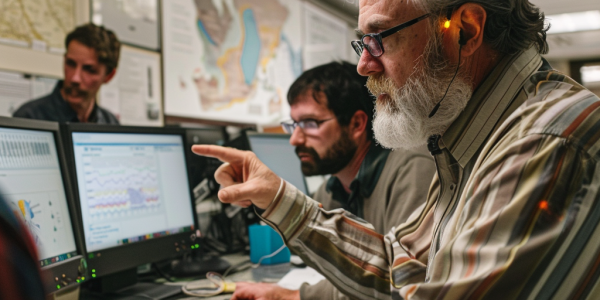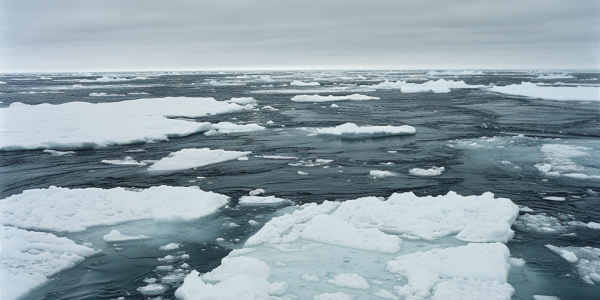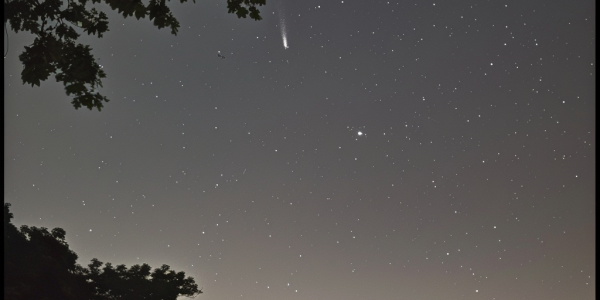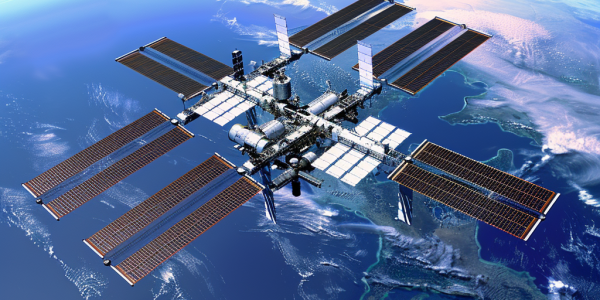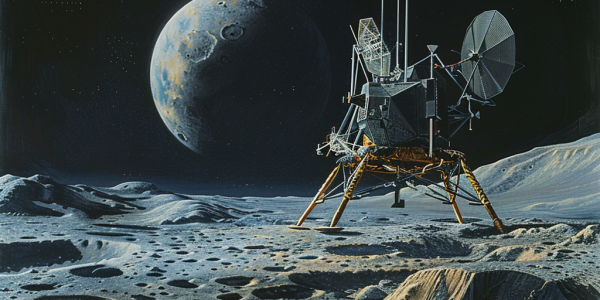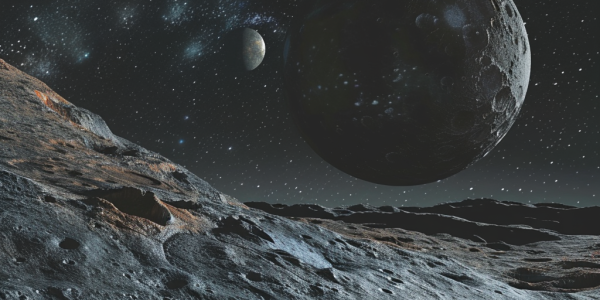Earth’s Core Rotation Slowing Down: Implications and Discoveries
Recent research has confirmed that Earth’s inner core is slowing down in rotation, sparking curiosity among scientists about the implications of this phenomenon. Seismologists have been studying seismic waves to track changes in the inner core’s position and rotation speed. The historical debate surrounding the inner core’s rotation has led to new hypotheses and compelling evidence. The implications of this deceleration are still uncertain, prompting further research to understand this fundamental aspect of Earth’s structure.
Study Reveals Impact of Historical Extreme Heat on Ocean Circulation
A recent study by the University of California, Riverside reveals how historical extreme heat events impacted ocean circulation, affecting the global conveyor belt that redistributes heat and stores carbon. The findings, published in the Proceedings of the National Academy of Sciences, highlight the crucial role of oceans in regulating Earth’s climate and sequestering carbon dioxide. Understanding past climate events can provide insights into the future impacts of continued carbon emissions on climate stability.
Experts Predict Significant Increase in Earth’s Day Length Over Time
Experts predict that Earth’s days will significantly increase in length due to the planet’s rotation slowing down. Factors such as the Moon’s gravitational influence and climate change play a role in this phenomenon. While the process is gradual and spans millions of years, it could lead to significant shifts in Earth’s daily rhythms in the next 250 million years.
Arctic Ocean Warming: Implications and Research Findings
The Arctic Ocean is experiencing rapid warming, with temperatures rising four times faster than any other ocean. This phenomenon, known as Arctic amplification, is causing significant changes with global implications. Melting sea ice exposes darker ocean water, leading to further warming and reduced albedo. The warming extends to the permafrost layer, releasing greenhouse gases like methane. Researchers are studying these changes to understand their impacts, including the paths of Atlantic water entering the Arctic Ocean’s Canada Basin.
Rare Comet to Grace Night Sky for First Time in Nearly 70 Years
Astronomy enthusiasts are in for a treat this summer as Comet 13P/Olbers will be gracing the night sky for the first time in nearly 70 years. Experts suggest the best visibility will be around June 30, making it a rare celestial spectacle not to be missed.
The Fascinating Concept of Astronauts Aging Slower in Space
Explore the fascinating concept of time dilation for astronauts in space and how it affects their aging process. Discover how astronauts age slower while in space due to the relative nature of time and high speeds of travel. Learn about the case study of twin astronauts Mark and Scott Kelly and the implications for future space exploration, including potential missions to Mars.
All About ISS: As Big As A Football Field, 16 Orbits Of Earth In 24 Hours
Discover the fascinating details about the International Space Station (ISS), from its massive size and weight to its scientific significance and operational dynamics. Learn about the international collaboration behind this symbol of global cooperation and the future prospects for Indian involvement in space exploration.
Lunar Lander Odysseus Successfully Lands Near Moon’s South Pole for Radio Astronomy Milestone
Learn about the successful lunar landing of the Odysseus lander near the Moon’s South Pole and its groundbreaking radio astronomy mission. Jack Burns from the University of Colorado Boulder hailed this event as the ‘dawn of radio astronomy from the Moon,’ emphasizing the importance of the ROLSES experiment in the search for extraterrestrial life. Intuitive Machines’ achievement was praised for its technical prowess, paving the way for future radio astronomy missions from the Moon. Discover how ROLSES provided a unique perspective on Earth as an exoplanet, offering new insights into celestial bodies and the universe.
New Research Suggests Rocky Exoplanets More Likely to Host Large Moons
Recent simulations suggest that smaller rocky exoplanets are more likely to host large moons, shedding light on the formation of Earth’s moon and potential exomoons around other planets in the universe. Scientists explore the concept of ‘streaming instability’ in moon formation, revealing challenges for moon survival and implications for the search for exomoons beyond our solar system.
Rare Cosmic Event: Asteroid Apophis to Approach Earth in 2029
Get ready for one of the most extraordinary space events in history as asteroid 99942 Apophis is set to make a close approach to Earth in 2029. With a 1.6% probability of impact, this rare cosmic event has NASA experts on alert. Stay informed and prepared for this once-in-a-lifetime celestial phenomenon.

